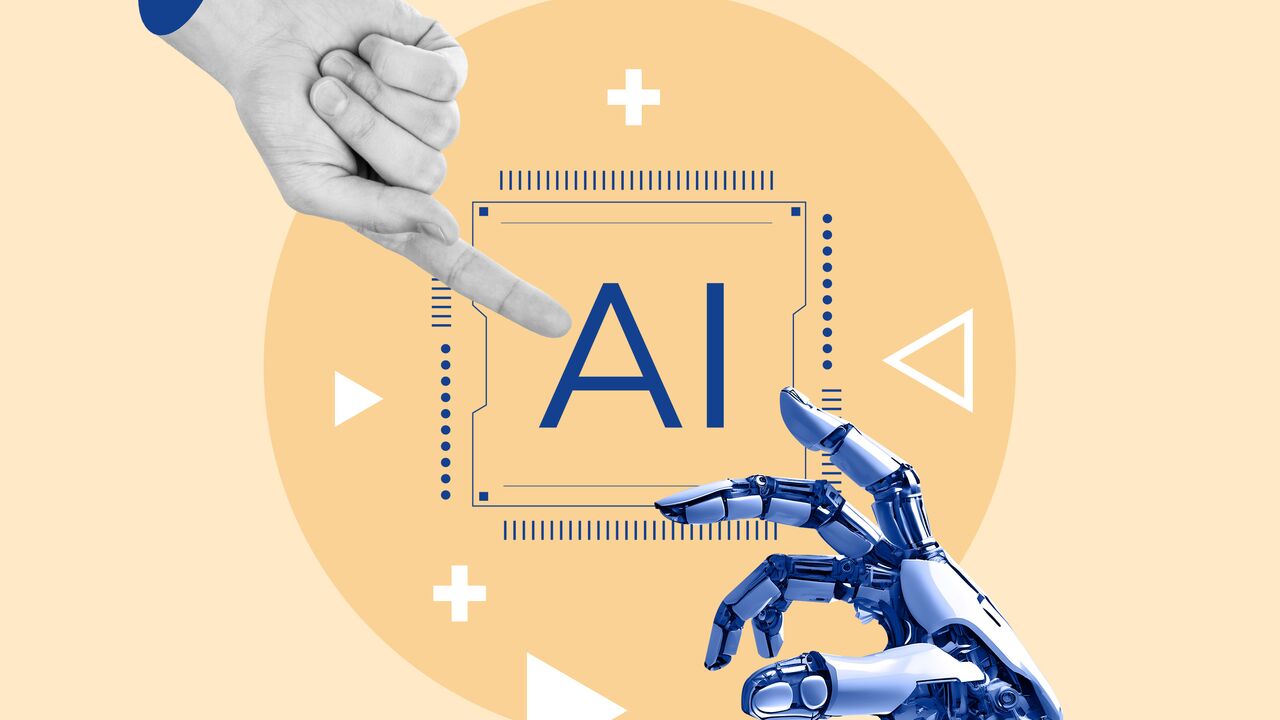Artificial intelligence (AI) is regarded as the key technology of the future. Nevertheless, it is clear that many companies still have a long way to go before it is used in a well thought-out and broad-based manner. Florian Hirner, Head of the Austrian Standards Academy, talks about new EU regulations, opportunities and risks of artificial intelligence in day-to-day business.
While AI is being celebrated in the public debate as the new revolution of the digital age, its application in many companies remains surprisingly rudimentary. A recent survey of managers in Austrian companies shows that The technology has arrived in rudimentary form – but there can be little talk of strategic, integrative use.
Around two thirds of the companies surveyed are already using AI, for example in customer service, sales or data analysis. However, a closer look reveals that 74% of the cases involve simple or very simple forms of application. These include chatbots in customer contact, automated email sorting or basic text analysis. More complex projects, such as predictive maintenance, product development or natural language processing, have only been implemented by 17% so far.
There are various reasons for this reluctance: The technology often requires a lot of explanation, the development effort is high – and last but not least, there is a lack of specialized experts. According to an international study by the World Economic Forum, the shortage of AI experts will continue to increase in the coming years. The European labor market is currently unable to meet the demand. According to the European Commission’s Digital Economy and Society Index (DESI), around 55% of companies stated that they are having difficulties recruiting suitable specialists.
Lack of strategy as the main obstacle
One particularly critical point is the lack of clear strategic guidelines. In the aforementioned survey, 58% of managers stated that their company does not have a defined AI strategy. According to their own statements, only 36 percent use AI systematically, purposefully and sustainably. This means that in many companies, the use of AI remains isolated – there is no overarching plan that links the use of technology with specific business objectives.
Getting started with AI is often a challenge, especially for small and medium-sized enterprises (SMEs). Although there are funding programs at national and EU level – such as “Digital Innovation Hubs” or the EU’s “Horizon Europe” program – their access is often perceived as bureaucratic and not very low-threshold.
Regulation: uncertainty about the AI Act
Another stumbling block is the uncertain legal situation. The EU’s AI Act – the first comprehensive set of rules for regulating artificial intelligence – requires a risk categorization for AI systems. High-risk applications in industry, such as quality control systems, biometric access solutions or automated decision-making processes, are particularly affected.
According to the survey, 77 percent of managers have heard of the AI Act, but only 19 percent have dealt intensively with its requirements. Only 9 percent have already taken concrete measures to comply with the upcoming requirements. It is clear that the AI Act will not only bring with it new obligations, but also a new form of innovation governance – and potentially high penalties for non-compliance.
While Europe is struggling with regulation, other economic areas are making much faster progress with AI integration. In the USA, for example, tech companies and start-ups are investing heavily in generative AI solutions. China has also set itself ambitious goals in its “Made in China 2025” industrial strategy to become the global leader in AI by the end of the decade.
This dynamic is also creating pressure for European companies to act. Those who view AI merely as an add-on or technical experiment risk being left behind – not only technologically, but also economically.
